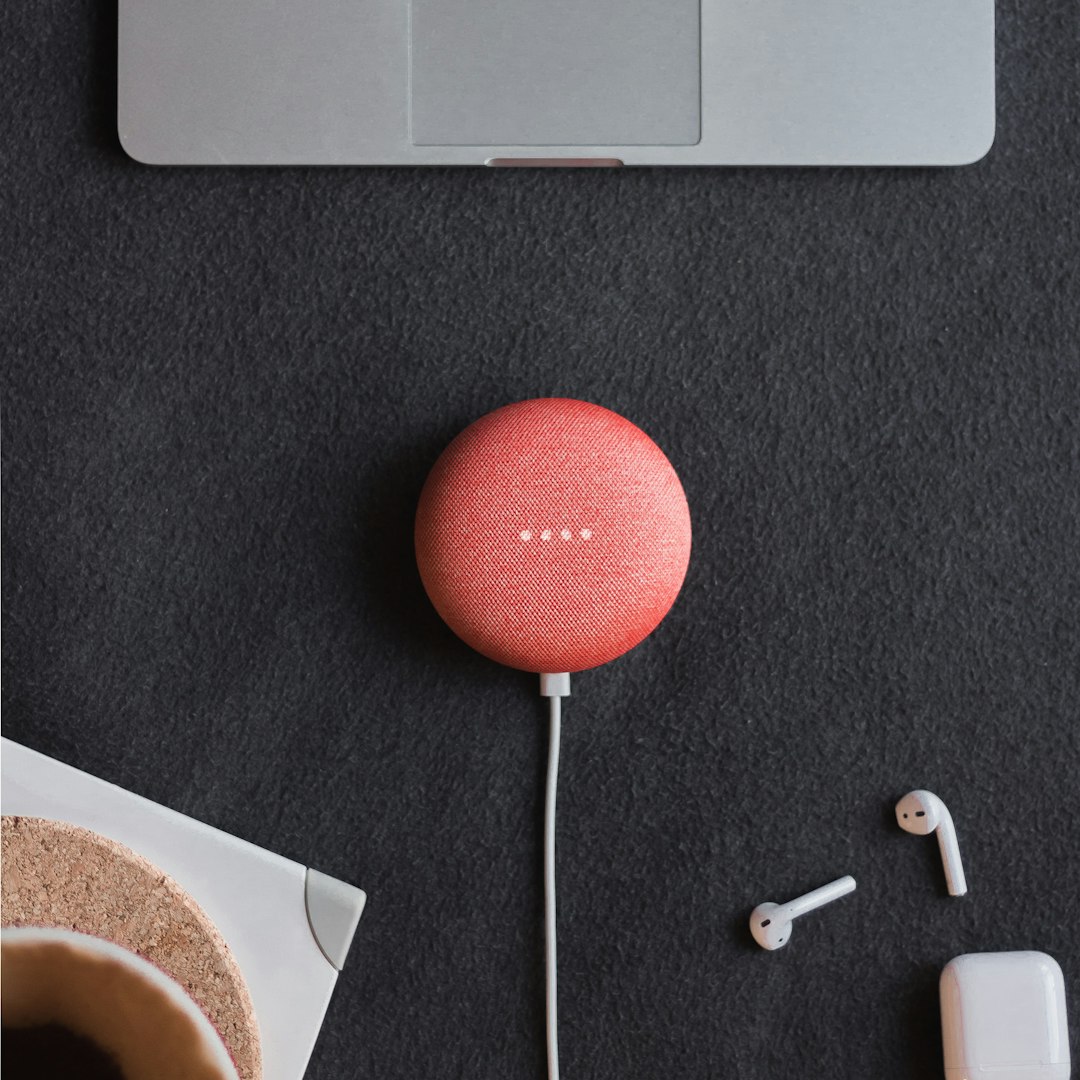As technology continues to advance at an unprecedented rate, one concept that has gained significant attention in recent years is the Internet of Things (IoT). IoT refers to a network of interconnected devices and objects that can communicate and exchange data with each other. From smartphones and wearable devices to household appliances and industrial machinery, everything is becoming smarter and more connected.
One of the key advantages of IoT technology is its ability to enhance convenience and efficiency in our daily lives. Smart homes, for example, are equipped with devices that can be controlled remotely through a smartphone or voice commands. From adjusting the thermostat to turning off lights, IoT enables us to manage our homes effortlessly and save energy.
IoT technology also has a profound impact on various industries, transforming the way businesses operate. For instance, in agriculture, sensors embedded in the soil can collect data on moisture levels and temperature, allowing farmers to optimize irrigation and crop growth. In manufacturing, interconnected machines can communicate and share real-time information to streamline production processes and improve productivity.
Furthermore, IoT plays a crucial role in the healthcare sector, enabling remote patient monitoring and personalized healthcare solutions. Wearable devices, such as fitness trackers and smartwatches, collect data on vital signs and physical activities, allowing individuals to track their health and share the information with healthcare professionals. This not only improves patient care but also enables early detection of certain health conditions.
However, with the rapid expansion of IoT technology, concerns regarding data security and privacy have also arisen. The vast amount of data collected by IoT devices can be vulnerable to cyberattacks if not properly secured. Ensuring the protection of personal information and maintaining the integrity of the IoT network is crucial to prevent potential risks and breaches.
As IoT continues to evolve, its potential applications are limitless. Smart cities, for example, utilize IoT technology to optimize traffic flow, improve public services, and enhance overall urban living. In transportation, connected vehicles can communicate with each other and with traffic infrastructure to reduce congestion and enhance road safety. The possibilities are endless, and the future of IoT is both exciting and promising.
In conclusion, IoT technology is revolutionizing the way we live and work, connecting devices, objects, and people in a seamless network. From smart homes to connected industries, the possibilities of IoT are transforming various aspects of our lives, enhancing convenience, efficiency, and even healthcare. However, the rise of IoT also brings challenges in terms of data security and privacy. As we continue to embrace the potential of IoT, it is equally important to address these concerns and ensure a safe and secure digital future.





